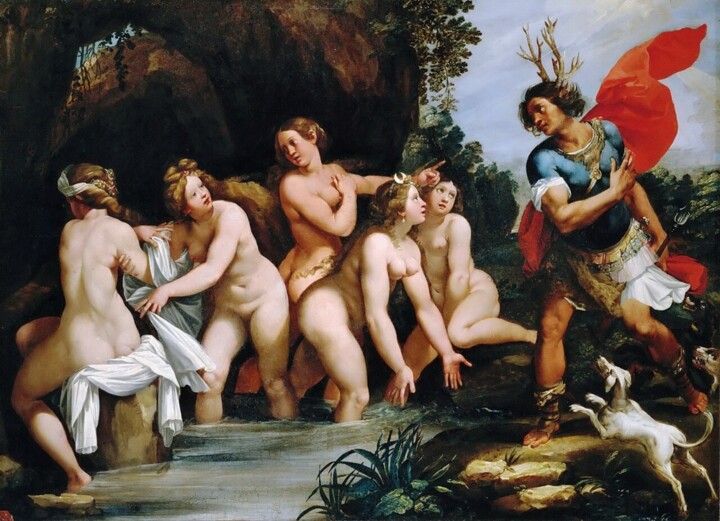 Diane et Actéon, (1604), Musée du Louvre
Diane et Actéon, (1604), Musée du Louvre
A recent incident at a French school has sparked a widespread debate over the appropriateness of displaying nude art in educational settings. The controversy centers around a 17th-century Renaissance painting by Giuseppe Cesari, displayed at the Musée du Louvre in Paris. This painting, 'Diana and Actaeon', dating back to 1604, reportedly caused discomfort among some students when shown in a classroom setting.
The incident took place during a general activities period at Jacques Cartier school in Issou, involving 11- and 12-year-old students. Adding complexity to the situation, there have been unverified allegations of Islamophobic comments made by the teacher who presented the painting, though these allegations are denied by the school administration.
In response to the event, staff members at the school initiated a strike. They expressed concerns regarding defamation, increasing incidents of hostility towards staff, and challenges to the principle of secularism. This stance was articulated in a letter sent to the French national education services, though it didn't explicitly mention the incident with the Cesari painting.
The matter escalated when Gabriel Attal, the French Minister of Education, visited the school on December 11. He stated that the students involved would be disciplined, and since then, the school has reopened.
This controversy echoes a similar incident earlier in the year, involving a Florida school principal who resigned over the display of Michelangelo's nude sculpture 'David'. This incident led to a heated debate on how art history should be taught in schools and prompted official recognition of the sculpture's artistic value by the Florida Department of Education.


 Jean Dubreil
Jean Dubreil